Last updated on
Discover how couches can harbor bed bugs and learn effective ways to identify, prevent, and eliminate these unwelcome guests from your furniture.
Bed bugs are small, parasitic insects that feed on human blood. They can infest just about any place where people spend a lot of time, including homes, hotels, and even public transportation.
While most people associate bed bugs with mattresses and bedding, they can also be found in other furniture items like couches. In fact, couches are a common hiding spot for these pesky pests.
If you’re wondering whether your beloved sofa could be harboring bed bugs, you’ve come to the right place! In this article, we’ll explore the question: Can couches have bed bugs? Read on to find out what you need to know about identifying and getting rid of bed bugs in your furniture.
Key takeaways:
- Couches provide hiding spots and food for bed bugs.
- Bed bugs can be found in other furniture, not just mattresses.
- Look for signs of infestation, such as stains and shed skins.
- Prevention measures include regular cleaning and inspection.
- Professional treatment may be necessary to eliminate infestations.
Table of Contents
Can Couches Have Bed Bugs?

Couches provide the perfect environment for bed bugs as they offer plenty of hiding spots and a source of food (i.e., human blood). Bed bugs can easily hitchhike onto your couch from other infested furniture or clothing items.
Once they’ve made themselves at home, it’s only a matter of time before they start reproducing and spreading throughout your living space.
So, can couches have bed bugs? The answer is yes! In fact, any piece of furniture that provides ample hiding places could potentially harbor these pests.
Bed Bug Lifecycle
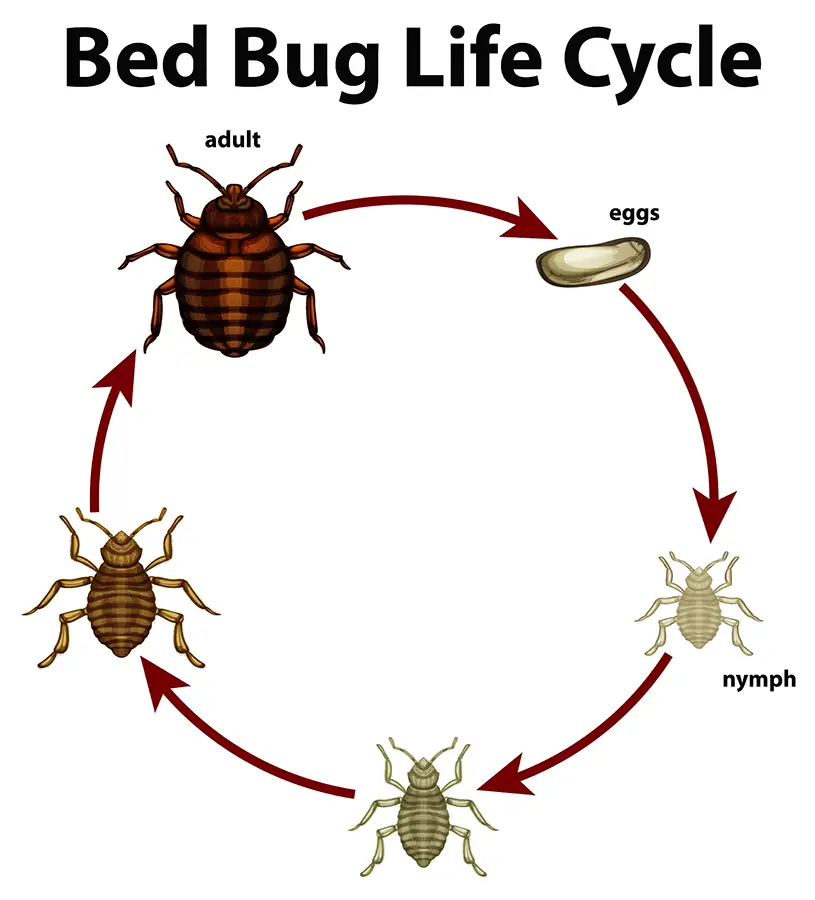
Understanding the bed bug lifecycle is essential to identifying and eliminating these pests from your home. Bed bugs go through five stages of development, starting as an egg, then progressing through three nymphal instars before reaching adulthood.
The eggs are tiny and white, about 1mm in size. They are usually laid in cracks or crevices near where the host sleeps or rests for long periods of time.
Once hatched, bed bug nymphs look like smaller versions of adult bed bugs but lack wings and reproductive organs. Nymphs must feed on blood to molt into their next stage successfully.
As they grow larger with each successive molt (shedding their skin), they become more visible to the naked eye until finally reaching adulthood after approximately five molts over several weeks or months depending on temperature conditions.
Adult bedbugs can live up to a year without feeding if necessary but typically require at least one blood meal every few days when living indoors with humans present.
Identifying Bed Bugs
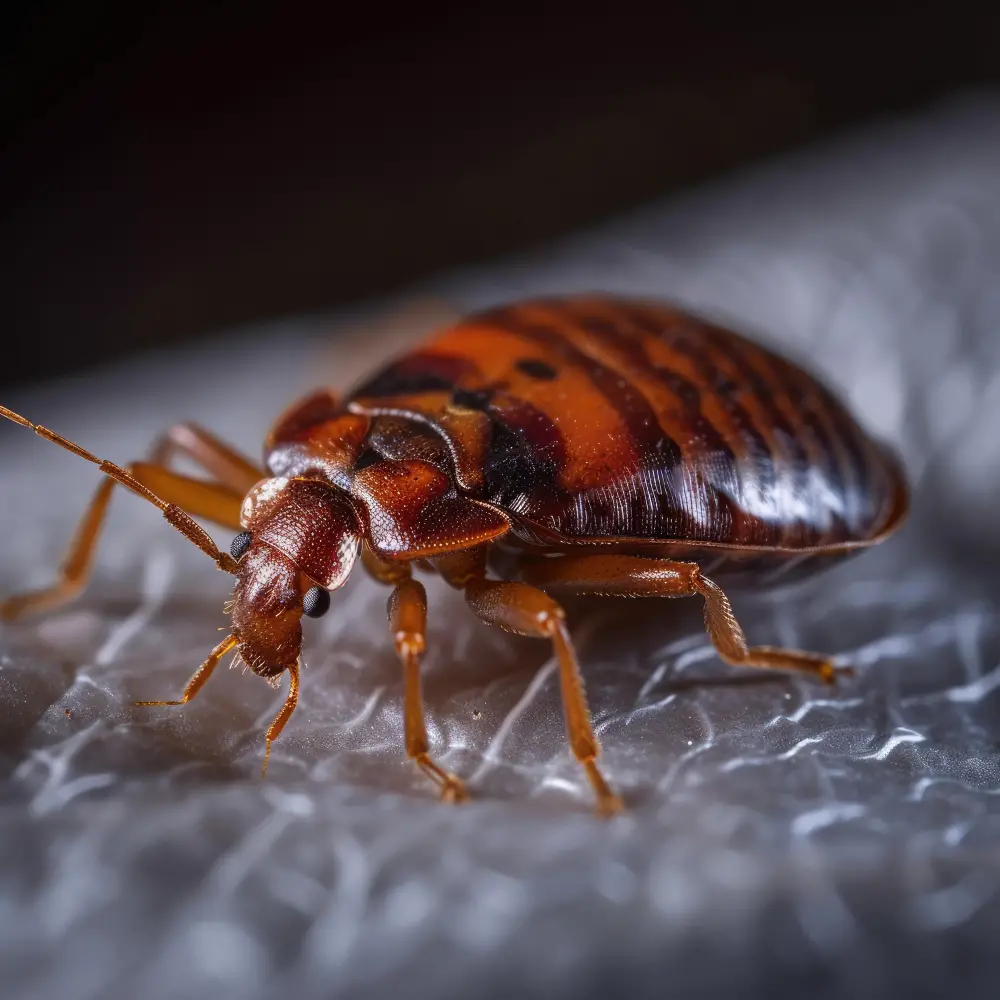
These tiny insects are reddish-brown, oval-shaped, and about the size of an apple seed. They have six legs and two antennae that they use to sense their surroundings.
Bed bugs are nocturnal creatures that feed on human blood while we sleep, leaving behind itchy red welts on our skin.
One way to identify bed bugs is by looking for signs of infestation in your home or furniture. Look for small brown or black spots on your mattress or couch cushions – these could be fecal matter left behind by bed bugs after feeding.
You may also notice shed skins from molting nymphs as well as tiny white eggs (about 1mm) which can be found along seams and crevices where adult females lay them.
If you suspect you have a bed bug infestation but aren’t sure what to look for, consider hiring a professional pest control company who can perform an inspection using specialized equipment such as dogs trained specifically to detect live insects hiding within walls and furniture items like couches.
Common Hiding Places

When it comes to couches, bed bugs can be found in various hiding places that may not be immediately visible. Some of the most common hiding spots for bed bugs on a couch include seams and folds of cushions or pillows, behind zippers or buttons, under the frame or legs of the couch, and even inside electrical outlets near the sofa.
It’s important to note that while these are some common areas where bed bugs might hide on a couch; they can also infest other parts of your home such as bedding materials like sheets and comforters. Therefore it is essential always to inspect all furniture items thoroughly before bringing them into your home.
If you suspect that you have an infestation in your house but cannot locate any signs on your furniture pieces yet – don’t worry! Bedbugs often move around from one location within a room/household area until they find an ideal spot with easy access (such as human skin).
Bed Bugs in Couches

Couches provide an ideal hiding spot for bed bugs due to the many seams, folds, and cushions that can harbor these pests. Bed bugs can easily crawl into couches from other infested furniture or through cracks in walls or floors.
Once inside a couch, bed bugs will typically stay close to where people sit or lie down since they need a blood meal every few days. This means that if you have bed bugs in your couch, you’re likely to get bitten while sitting on it.
It’s important not only to identify whether there are any signs of bed bug activity on your sofa but also take steps towards eliminating them as soon as possible before they spread throughout your home.
Signs of Bed Bugs On Couches

One of the most obvious indications is seeing live bed bugs crawling on or around your couch. However, since these pests are nocturnal and tend to hide during the day, it’s more likely that you’ll spot other evidence of their presence first.
One common sign of a bed bug infestation is finding small reddish-brown stains on your couch cushions or upholstery. These stains could be from crushed bed bugs or from their fecal matter which looks like tiny black dots.
Another telltale sign is discovering shed skins (exoskeletons) in crevices and seams along with eggs and eggshells which can be found in hidden areas such as under buttons or zippers.
If you wake up with unexplained bites after sleeping on a sofa-bed then this could also indicate an infestation. It’s important to note that not all bites are caused by bedbugs so it’s essential to identify them correctly before taking any action against them.
Transmission of Bed Bugs
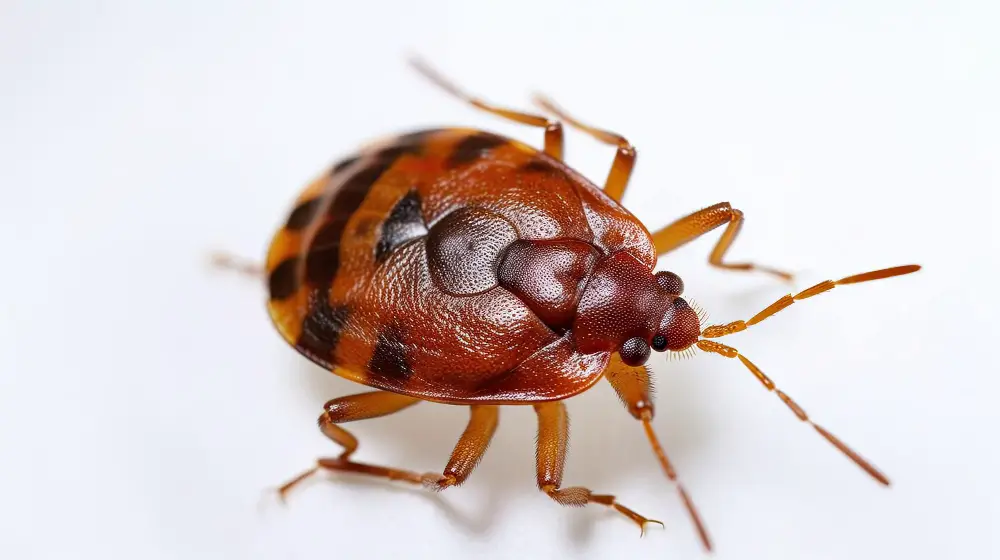
They do not fly or jump, but they crawl quickly and can cling onto clothing, luggage, bedding, furniture or any other item that provides a hiding spot. This means that if you come into contact with bed bugs in an infested area such as a hotel room or public transportation seat, there is a high chance of bringing them home with you on your clothes or belongings.
Once inside your home, bed bugs will seek out hiding spots where they can feed on human blood at night without being disturbed. Couches provide the perfect environment for these pests because they offer plenty of crevices and folds where bed bugs can hide during the day.
It’s important to note that having bed bugs in your couch does not mean you have poor hygiene habits; anyone is susceptible to getting them regardless of how clean their house may be. Bed bug infestations are often caused by factors outside our control like travel history or exposure to contaminated items.
Preventing Bed Bugs in Couches
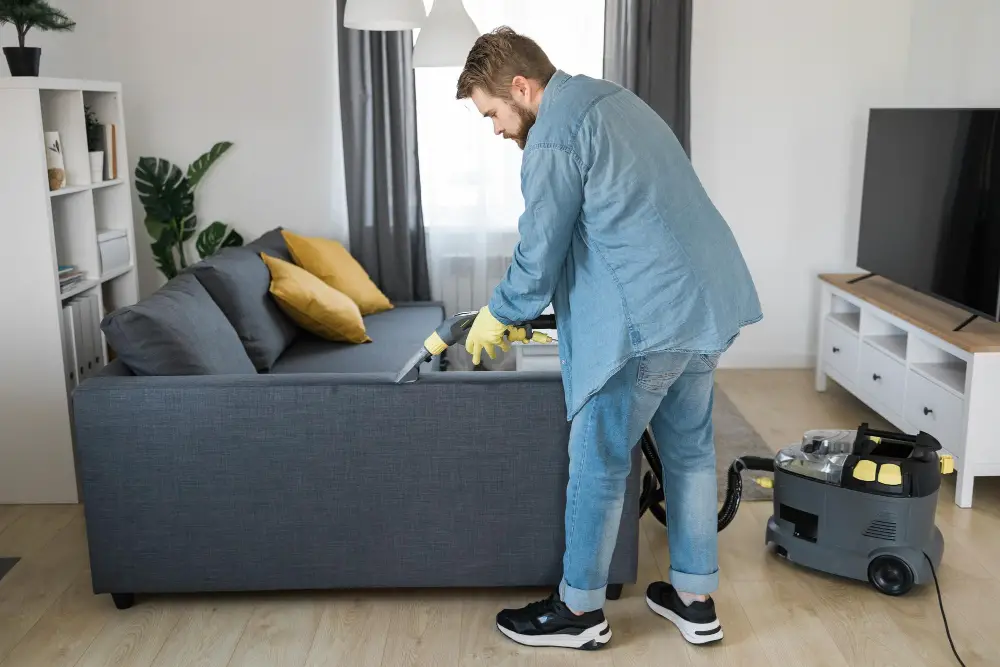
The first step is to keep your home clean and clutter-free, as bed bugs love hiding in piles of clothes or other items. Regularly vacuuming your furniture can also help remove any potential hitchhikers before they have a chance to settle down.
Another important prevention tip is to inspect any used furniture carefully before bringing it into your home. This includes not only couches but also chairs, mattresses, and other upholstered items that could harbor bed bugs.
If you frequently travel or stay in hotels, be sure to check for signs of bed bug activity on the hotel room’s furniture before settling down for the night. Bed bug-proof encasements are another effective way of preventing these pests from getting into your couches and other upholstered pieces.
Inspecting a Couch for Bed Bugs

Start by removing all the cushions and pillows from the couch. Look for any signs of bed bugs, such as small reddish-brown insects or tiny white eggs.
You should also check for dark spots or stains on the fabric, which could be fecal matter left behind by bed bugs.
Use a flashlight to examine every nook and cranny of your couch, paying special attention to seams and crevices where bed bugs like to hide. Don’t forget to check underneath the furniture as well.
If you find evidence of bed bug activity in your couch, don’t panic! There are several effective methods for getting rid of these pests from furniture items like sofas and armchairs.
How Do I Know If I Have Bedbugs in the Couch?
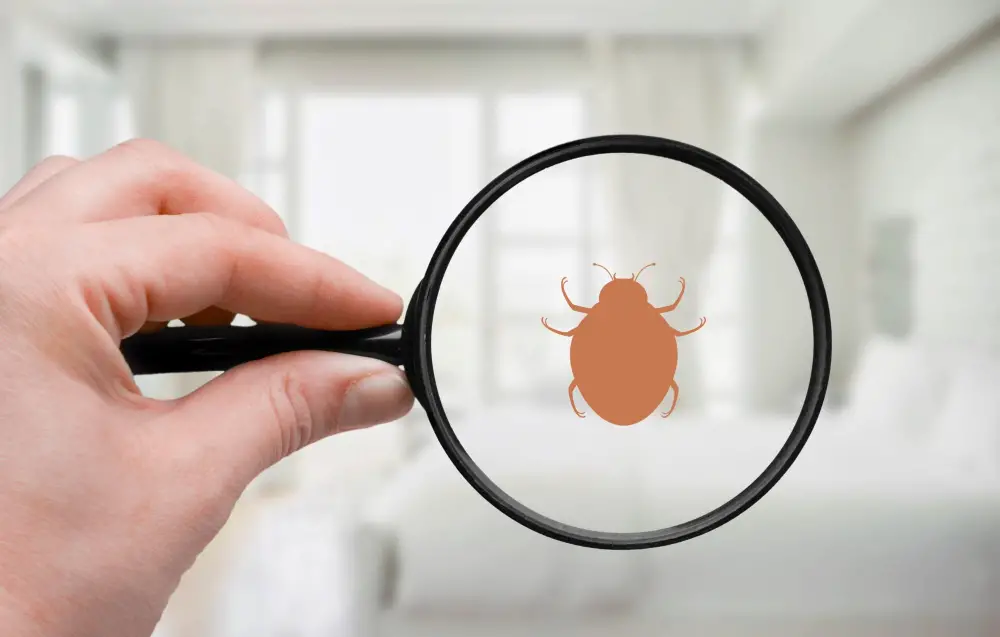
The first and most obvious sign is the presence of live bed bugs or their shed skins. These tiny insects are reddish-brown in color and about the size of an apple seed when fully grown.
You may also notice small black spots on your couch, which could be fecal matter left behind by bed bugs.
Another telltale sign of a bed bug infestation is bites on your skin after sitting or sleeping on the couch. Bed bug bites typically appear as red welts that itch intensely and can last for several days.
To confirm whether you have a bed bug problem in your couch, it’s important to conduct a thorough inspection using a flashlight and magnifying glass if necessary. Look closely at all seams, crevices, folds, buttons or tufts where these pests like to hide during daylight hours.
Methods to Remove Bed Bugs
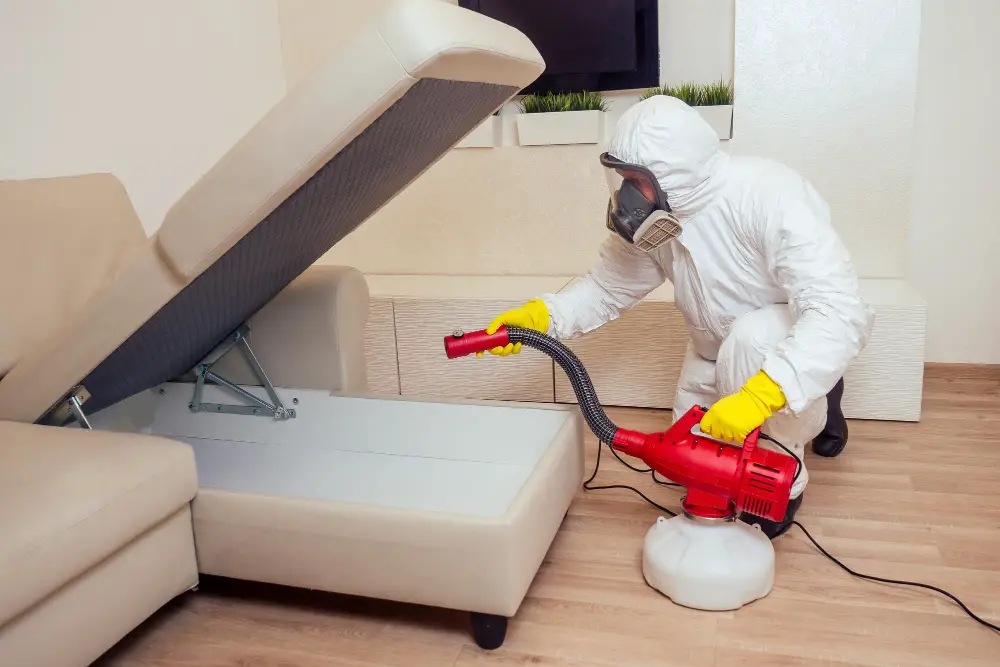
One option is chemical treatment. This involves using insecticides specifically designed for bed bug control.
However, it’s important to note that not all products are effective against these resilient insects and some may even be harmful if used improperly.
Another method is laundering any removable covers or cushions on the hottest setting possible and then drying them on high heat for at least 30 minutes. This can help kill any bed bugs hiding in the fabric.
Professional cleaning services can also be hired to clean and treat infested couches with specialized equipment that reaches deep into crevices where bed bugs hide.
Chemical Treatment
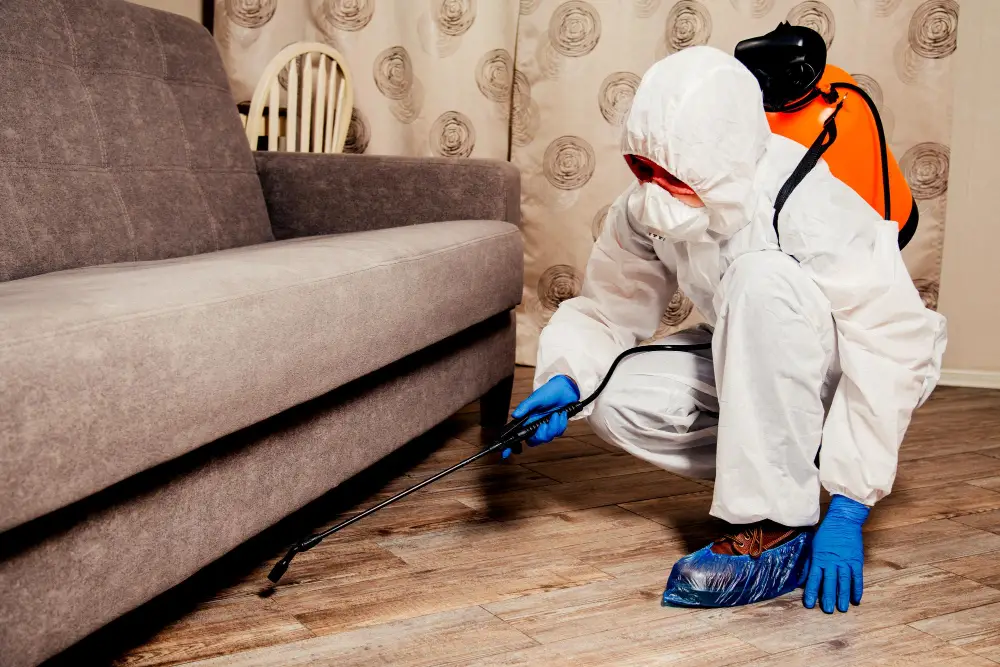
There are many different types of insecticides available, but it’s important to choose a product that’s specifically designed for bed bug control. Before using any chemical treatment, be sure to carefully read and follow the instructions on the label.
When treating a couch for bed bugs, it’s important to pay close attention to all areas where these pests may be hiding. This includes not only the cushions and upholstery but also any cracks or crevices in the frame or legs of your furniture.
It’s worth noting that while chemical treatments can be highly effective at killing adult bed bugs, they may not always eliminate eggs or nymphs (young insects). As such, you’ll need multiple treatments over several weeks before you can completely eradicate an infestation.
If you’re unsure about how best to use chemicals safely and effectively against these pests in your home furnishings like sofas/couches; consider consulting with a pest control professional who has experience dealing with this type of problem.
Does Laundering Kill Bed Bugs?

If you’re dealing with a bed bug infestation, one of the first things you might think to do is wash all your bedding and clothing in hot water. But does laundering really kill bed bugs? The answer is yes – but only if you do it right.
Bed bugs are sensitive to heat, so washing your clothes or linens in hot water (at least 120°F) can help kill them off. However, simply tossing everything into the washer won’t necessarily get rid of all the pests.
You need to make sure that every item is thoroughly washed and dried at high temperatures for at least 30 minutes.
It’s also important to note that not all fabrics can withstand high heat without damage. Be sure to check care labels before washing any items in hot water or using a dryer on high heat settings.
While laundering alone may not be enough to completely eliminate a bed bug infestation, it can certainly help reduce their numbers and prevent further spread throughout your home.
Professional Couch Cleaning
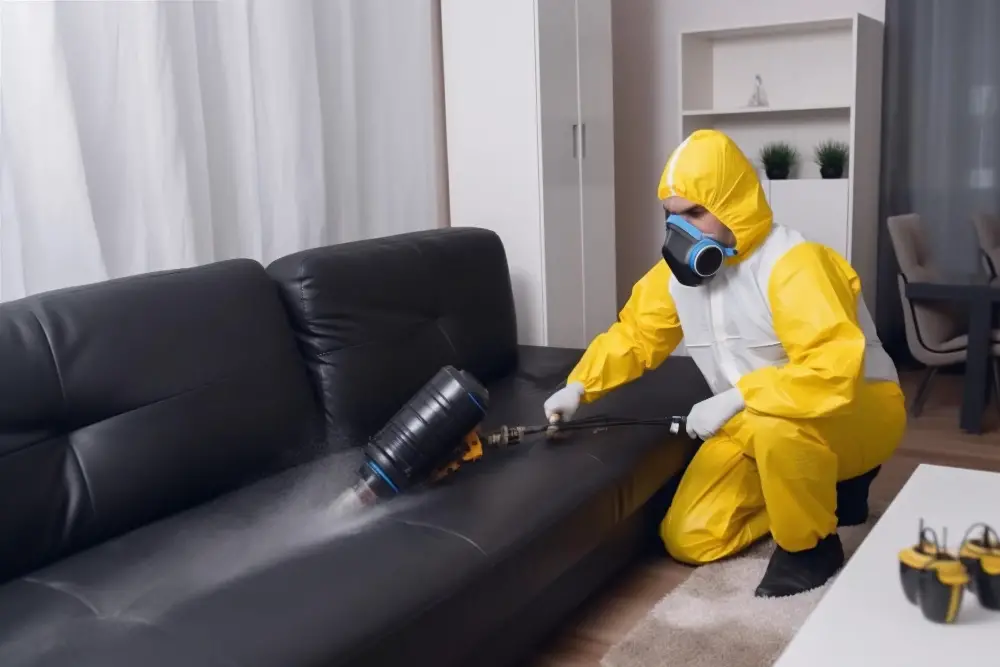
One option is to hire a professional cleaning service that specializes in bed bug removal. These professionals have the expertise and equipment needed to effectively eliminate bed bugs from your furniture.
When choosing a professional cleaning service, be sure to do your research and select one with experience in dealing with bed bug infestations. Ask for references and read online reviews before making a decision.
During the cleaning process, the professionals will likely use steam or heat treatments to kill any remaining bed bugs on your couch. They may also apply insecticides or other chemicals as part of their treatment plan.
Protecting Your Couch From Bed Bugs
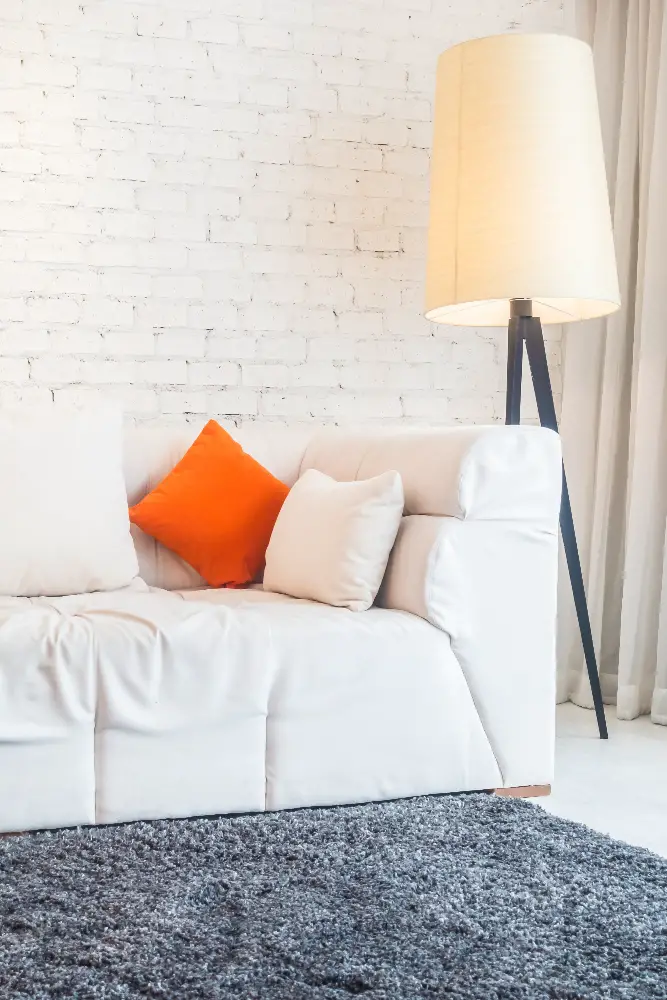
One of the best ways to protect your furniture is by using a protective cover. These covers are designed specifically for couches and other upholstered furniture and can help keep bed bugs out.
When choosing a protective cover, look for one that is made of high-quality materials that won’t tear or rip easily. It should also be easy to install and remove so you can clean it regularly.
Another way to protect your couch from bed bugs is by vacuuming it frequently. Use an upholstery attachment on your vacuum cleaner and make sure you get into all the crevices where bed bugs like to hide.
Consider treating any cracks or gaps in the walls near your couch with caulking or another sealant material. This will help prevent any new infestations from spreading throughout your home.
Bed Bug Resistant Furniture
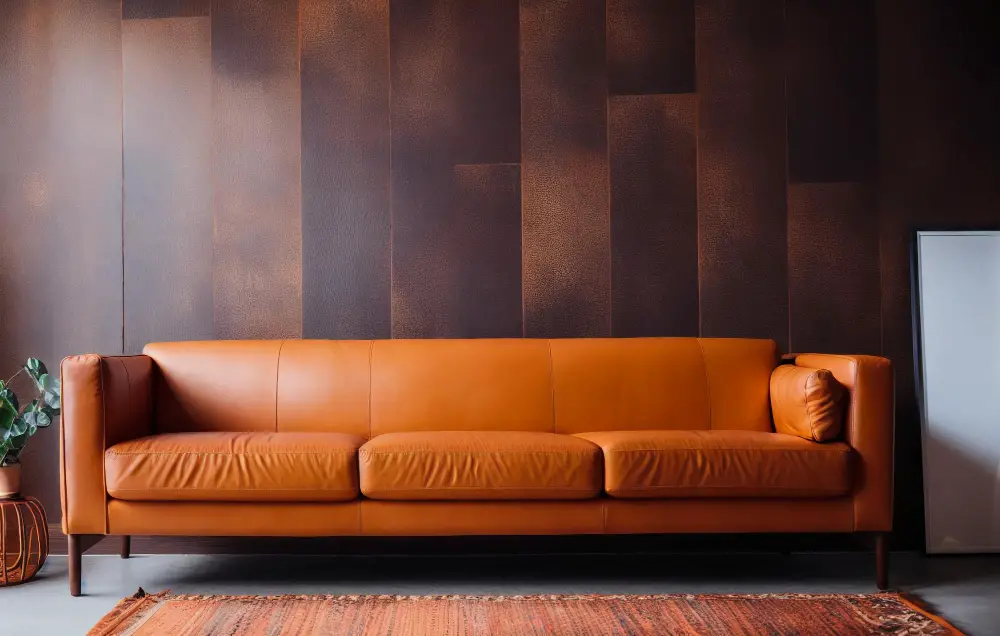
These items are designed with materials that make it difficult for bed bugs to hide or lay eggs. For example, some couches have metal frames instead of wooden ones since wood is a common hiding spot for these pests.
Other features of bed bug resistant furniture may include tightly woven fabrics that don’t provide crevices where the insects can hide, as well as smooth surfaces that are easy to clean and inspect regularly.
While this type of furniture may be more expensive than traditional options, it could save you money in the long run by preventing costly infestations.
How to Kill Bed Bugs in a Couch
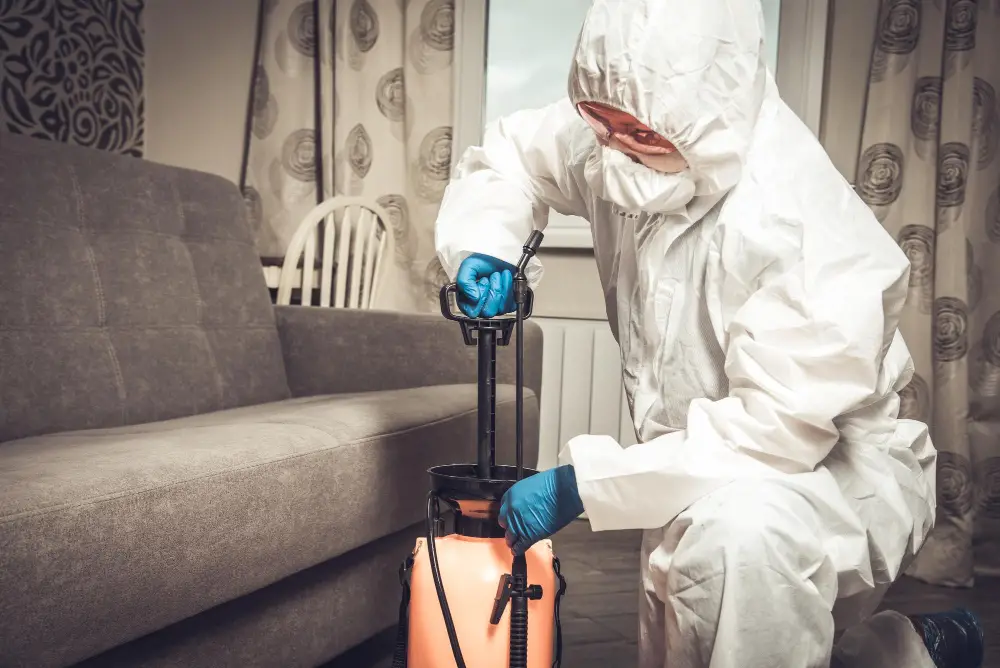
There are several methods for killing bed bugs in a couch, but the most effective approach will depend on the severity of the infestation and your personal preferences.
One option is to use heat treatment. Bed bugs cannot survive at temperatures above 120 degrees Fahrenheit, so exposing your couch (and any other infested items) to high heat can be an effective way of killing these pests.
You can do this by using a steam cleaner or hiring a professional pest control company that specializes in heat treatments.
Another option is chemical treatment. There are many insecticides available that are specifically designed for eliminating bed bugs from furniture and other household items.
However, it’s important to follow all safety instructions carefully when using these products and consider seeking professional help if you’re not comfortable handling pesticides yourself.
Some people opt for more natural remedies like diatomaceous earth or essential oils like tea tree oil or lavender oil which have been shown as effective against bedbugs.
Disposing of Infested Couches
Getting rid of a bed bug-infested couch is not as simple as just throwing it out on the curb. Doing so could result in spreading the infestation throughout your neighborhood or apartment complex.
Instead, wrap the couch securely with plastic sheeting or shrink wrap before moving it outside. Label it clearly with a warning that states “Bed Bugs Infested” so that no one else will take this piece home and spread these pests further.
It’s important to note that some cities have specific regulations regarding how you should dispose of items like mattresses and upholstered furniture due to concerns about spreading bed bugs or other pests. Be sure to check local guidelines before discarding any infested items.
FAQ
How can you tell if a couch has bed bugs?
To determine if a couch has bed bugs, inspect for small black dot-like feces near or within seams, nooks, and crannies of the furniture.
Are bed bugs common in couches?
Yes, bed bugs are common in couches as they tend to migrate around from various sources including furniture.
Can new couches have bed bugs?
Yes, new couches can have bed bugs, as they can infest any type of furniture or material.
How long does it take bed bugs to infest a couch?
It takes bed bugs a matter of weeks or months to infest a couch, as they can travel from room-to-room within minutes and lay between one to 12 eggs daily, totaling 200 to 500 eggs in their lifetime.
What are the most effective methods for removing bed bugs from a couch?
Effective methods for removing bed bugs from a couch include using a vacuum cleaner, steam cleaning, and applying insecticides.
What preventive measures can be taken to avoid attracting bed bugs to your couch?
To prevent attracting bed bugs to your couch, avoid bringing second-hand furniture, monitor bed bug indicators, and maintain cleanliness on a regular basis.
How can you identify the signs of a bed bug infestation in other furniture around your living space?
Identify signs of a bed bug infestation in other furniture by checking for cast-off skins, fecal spots, and live bugs in seams, crevices, and other hiding places.




